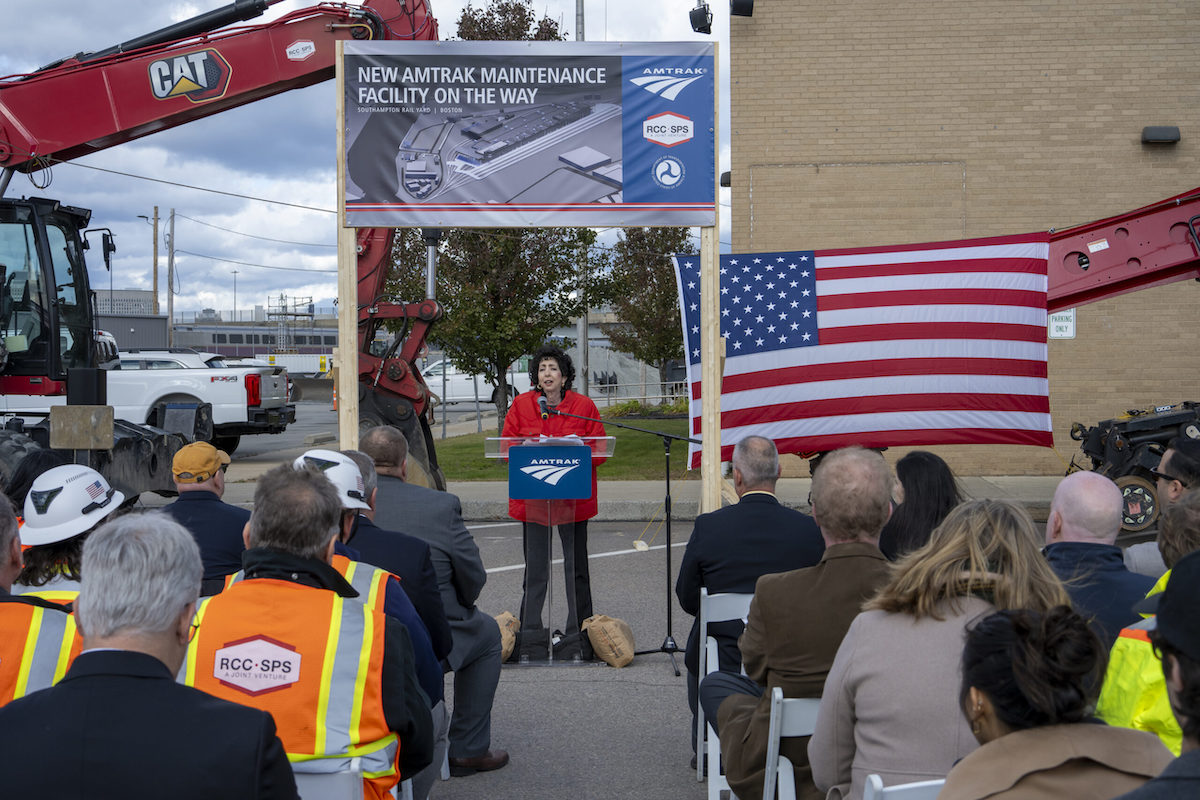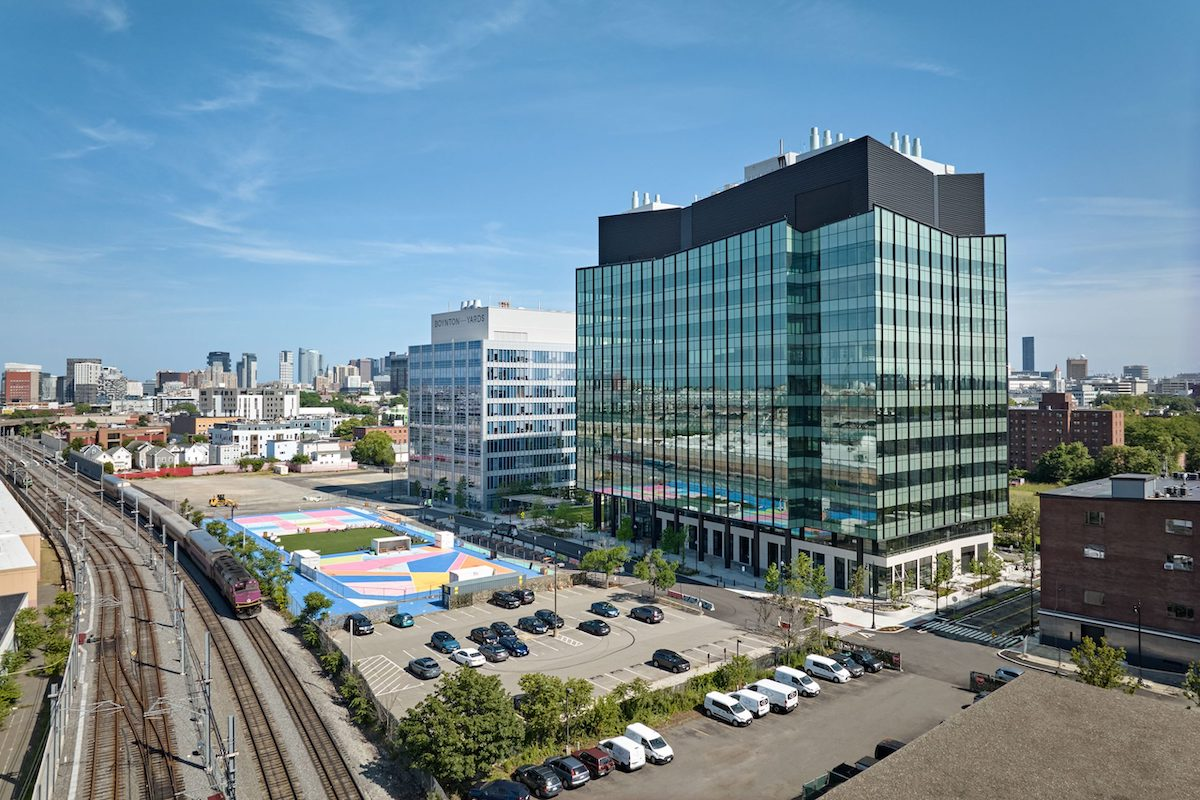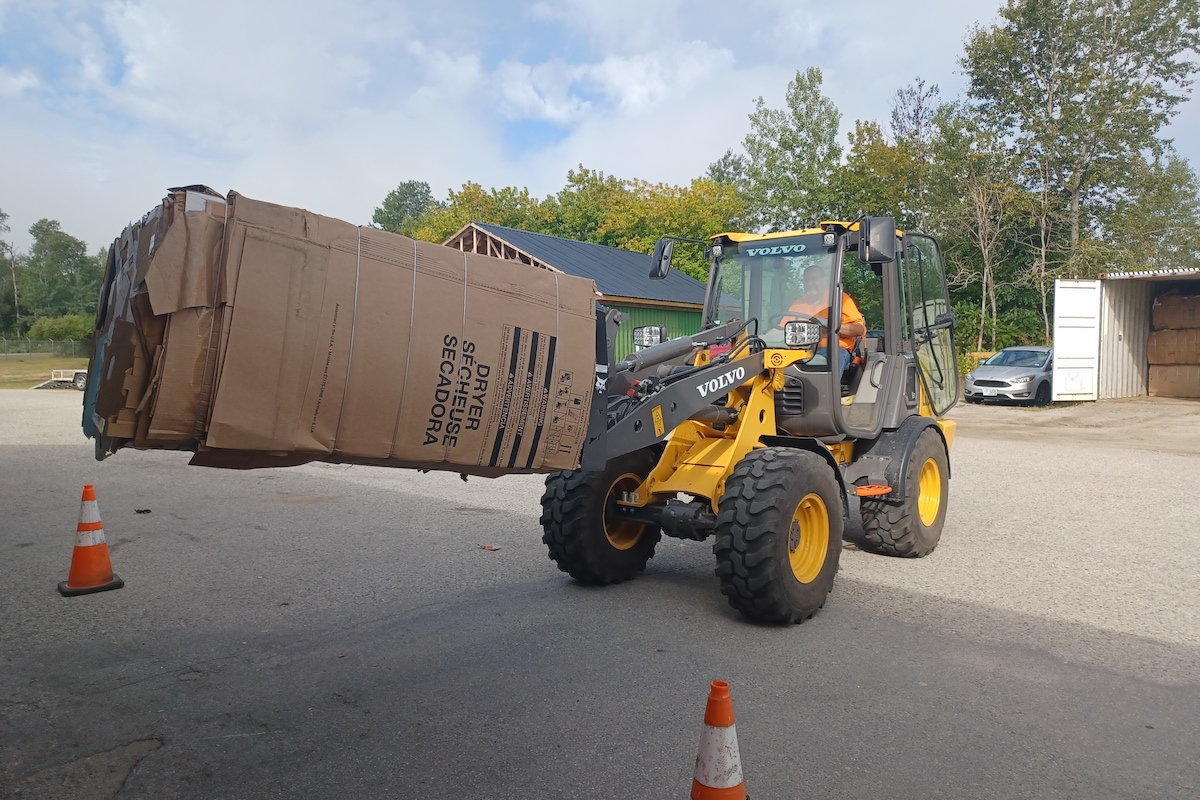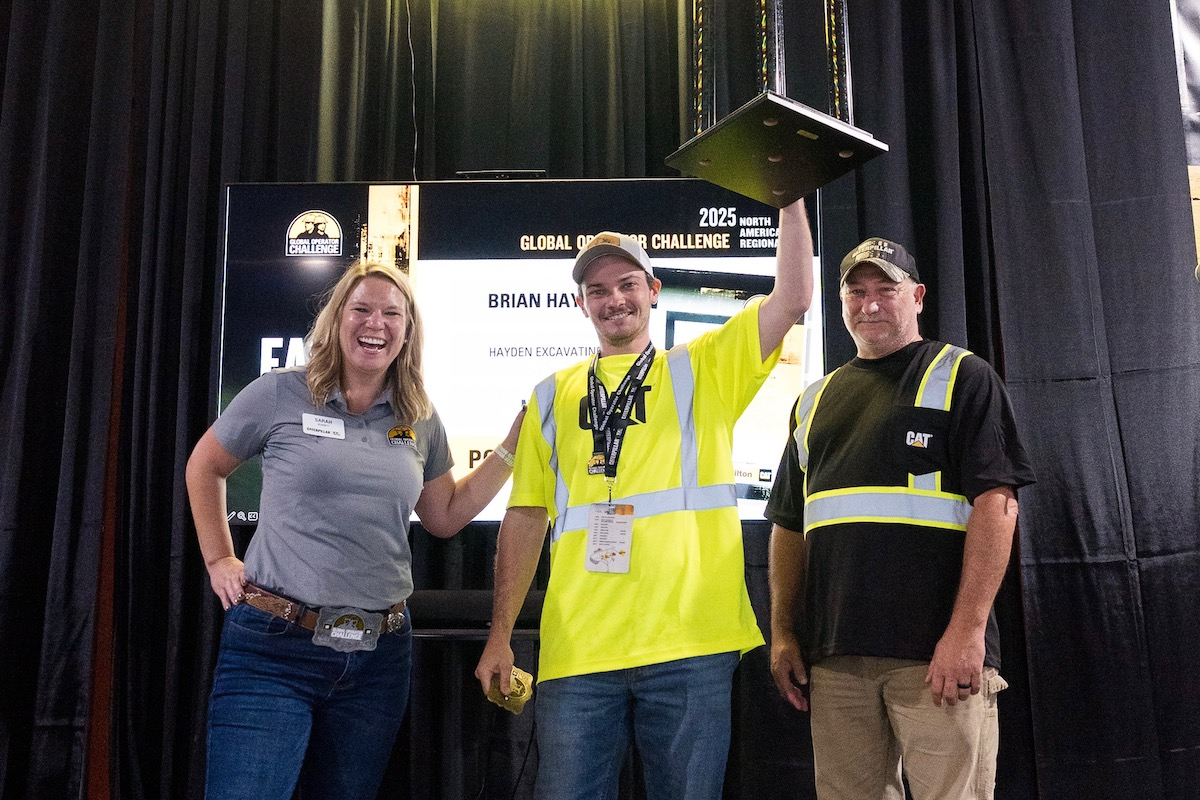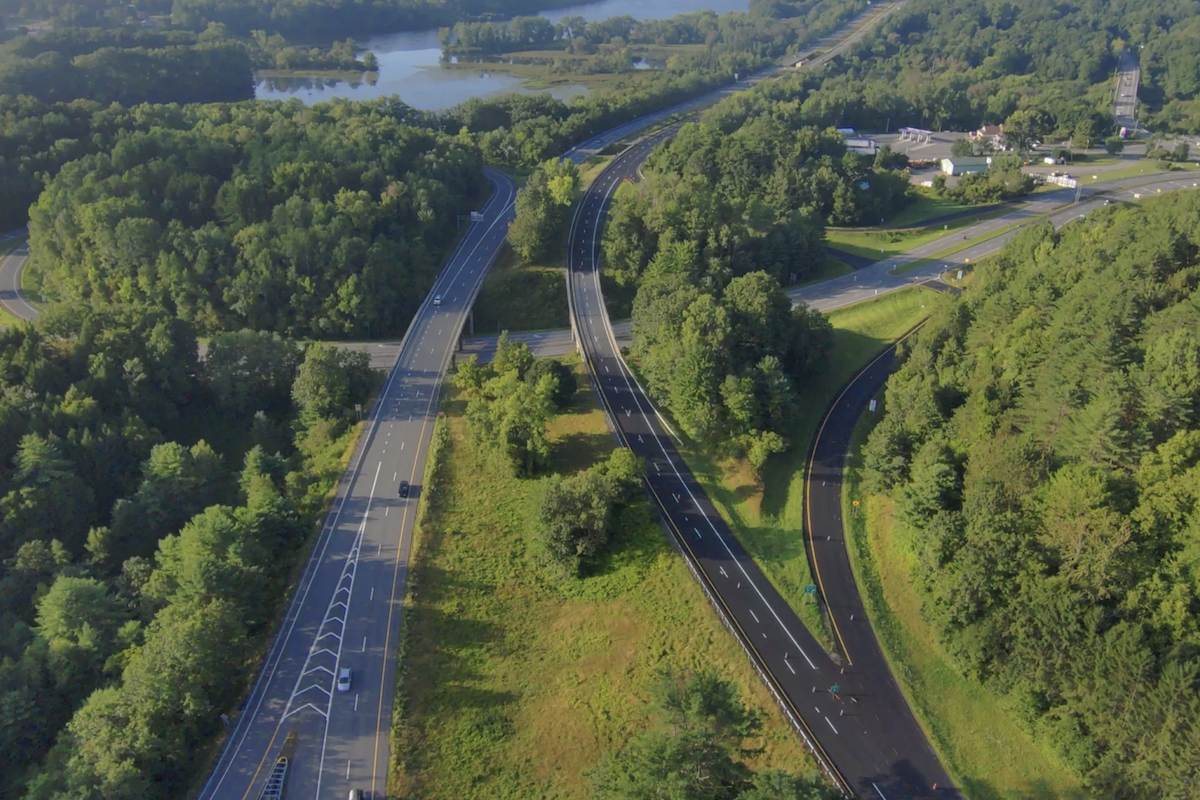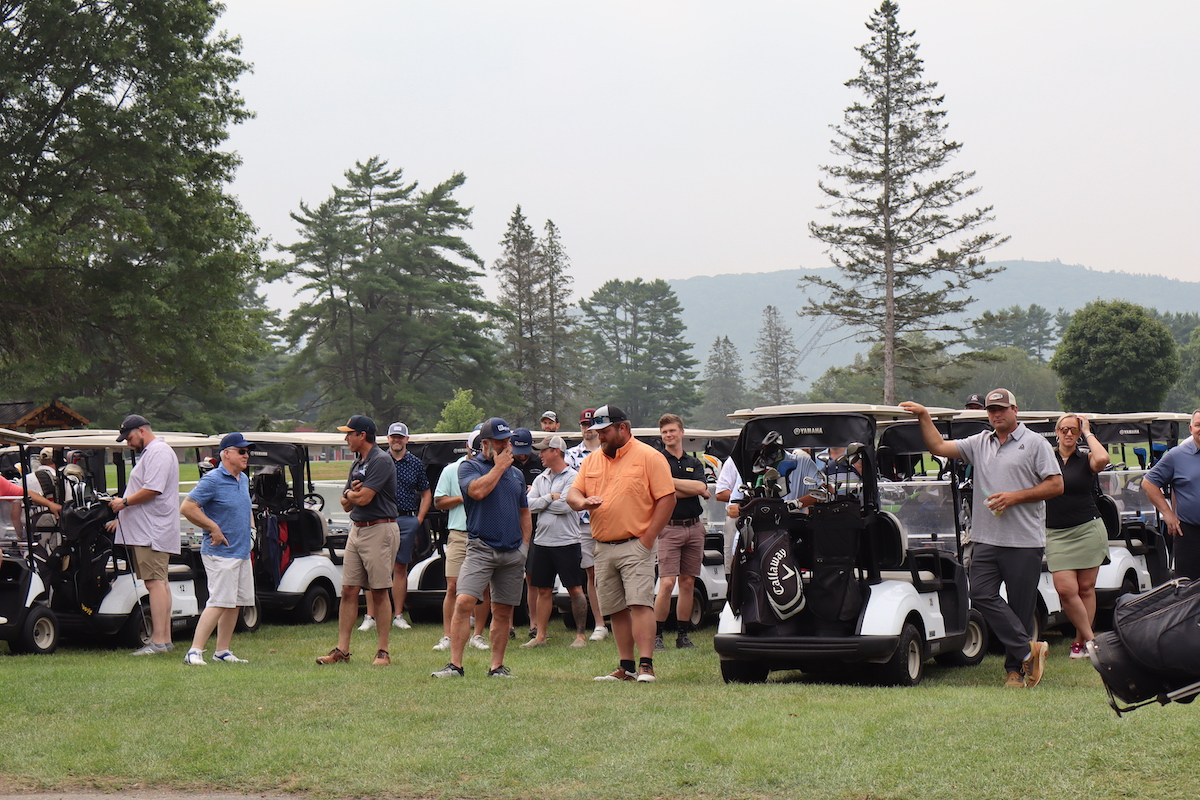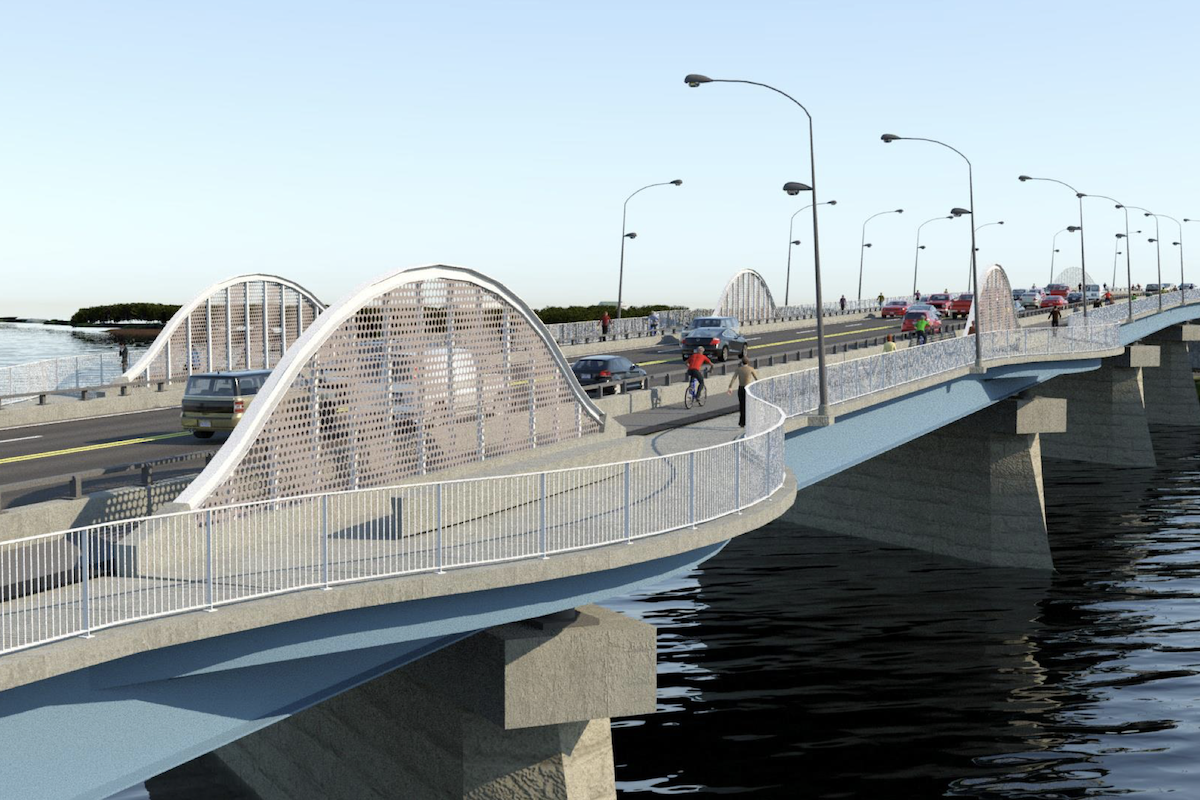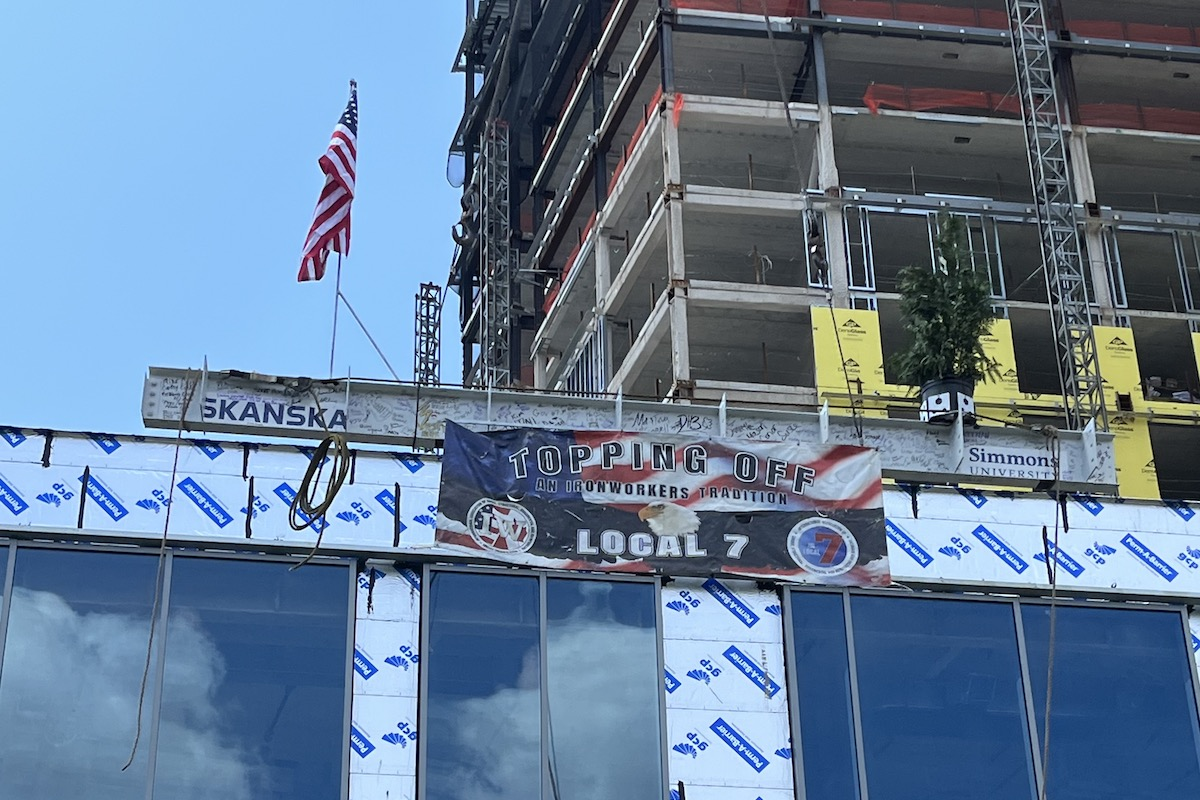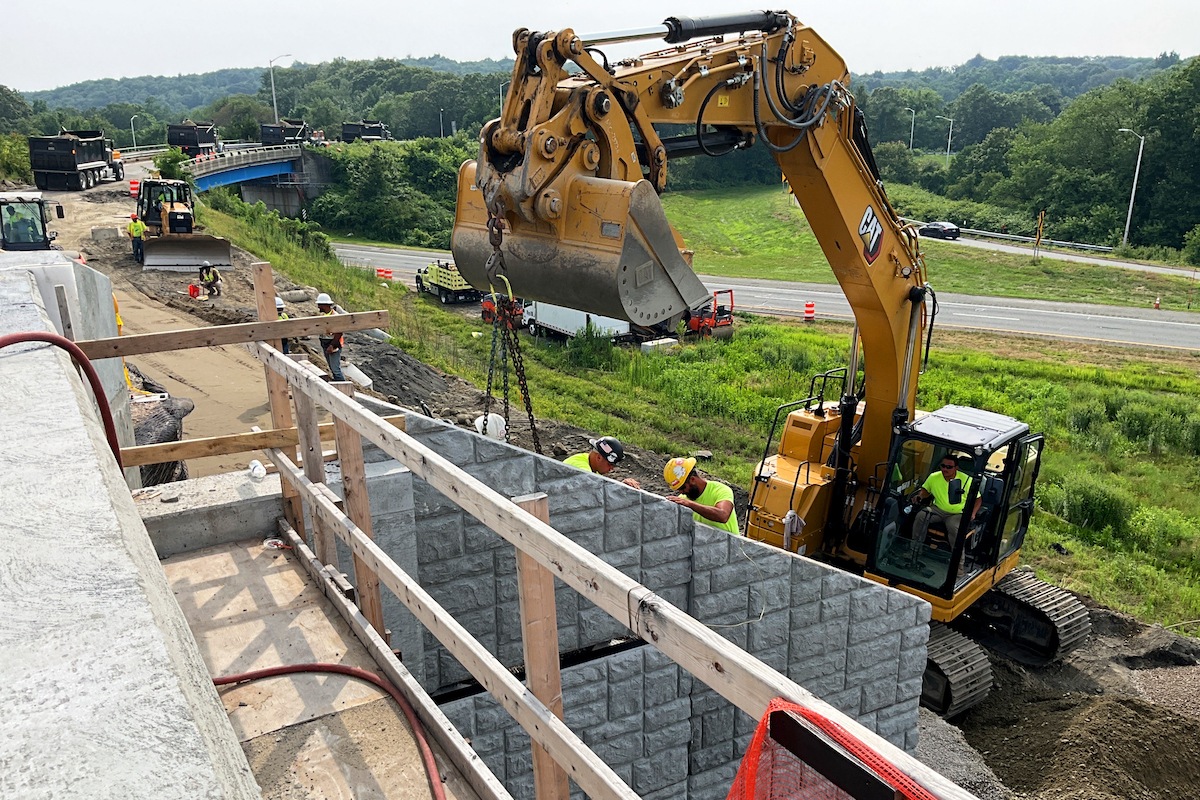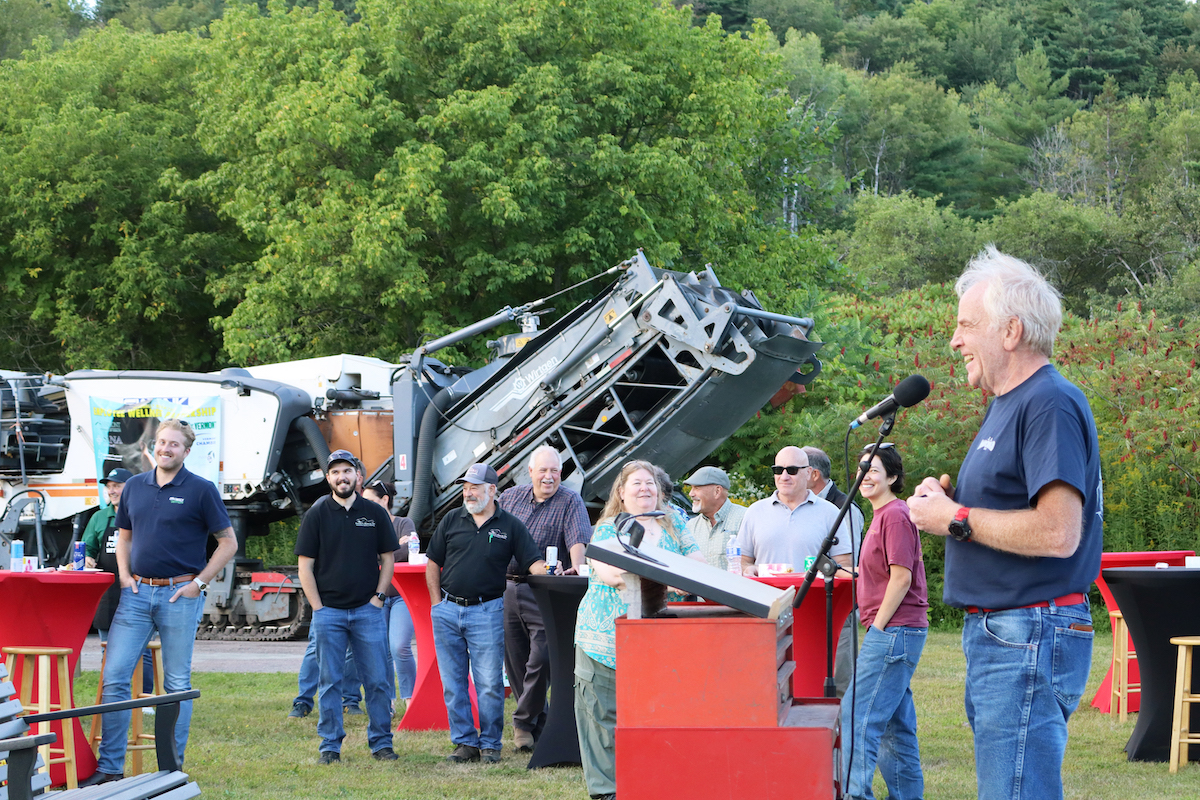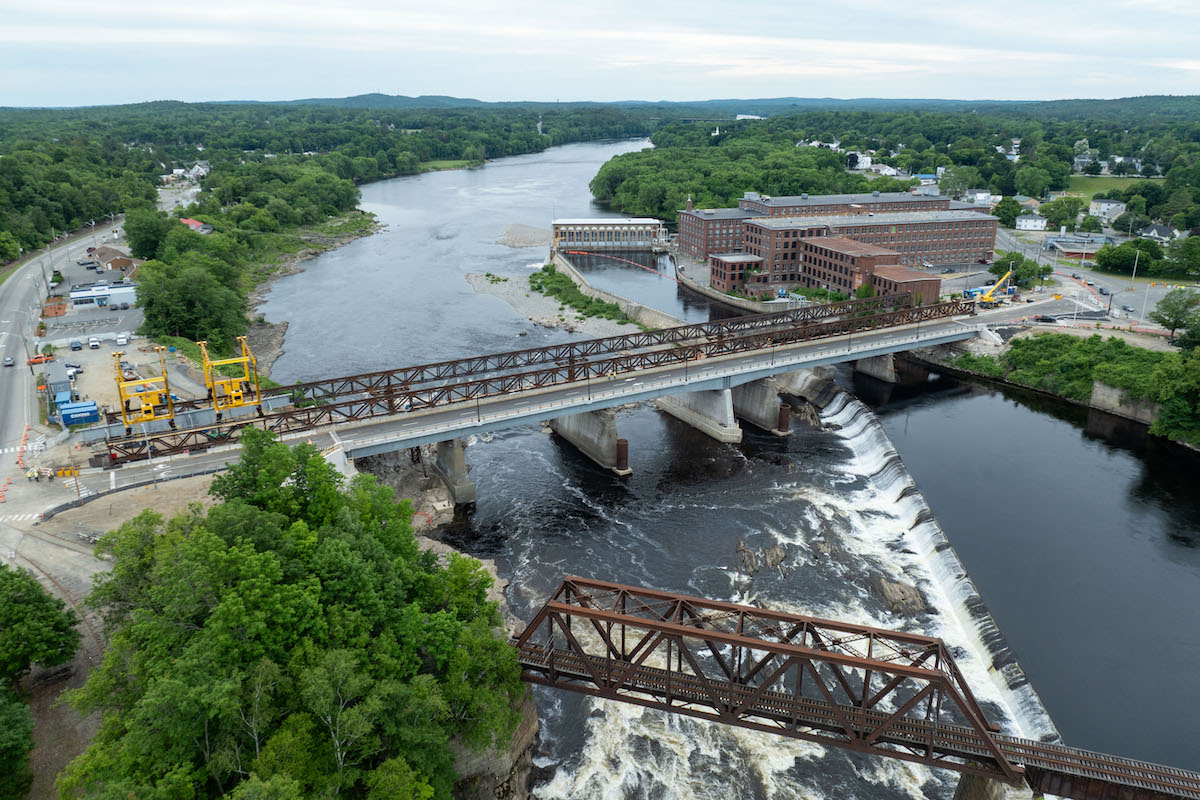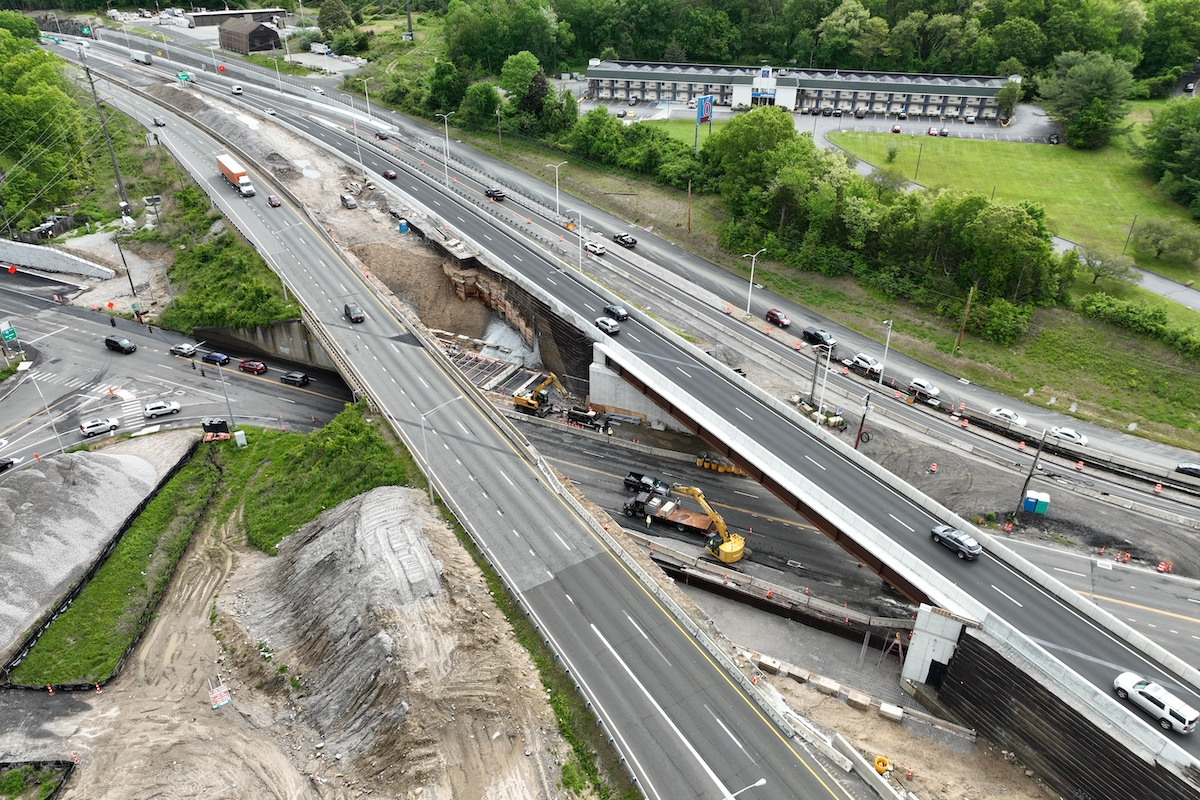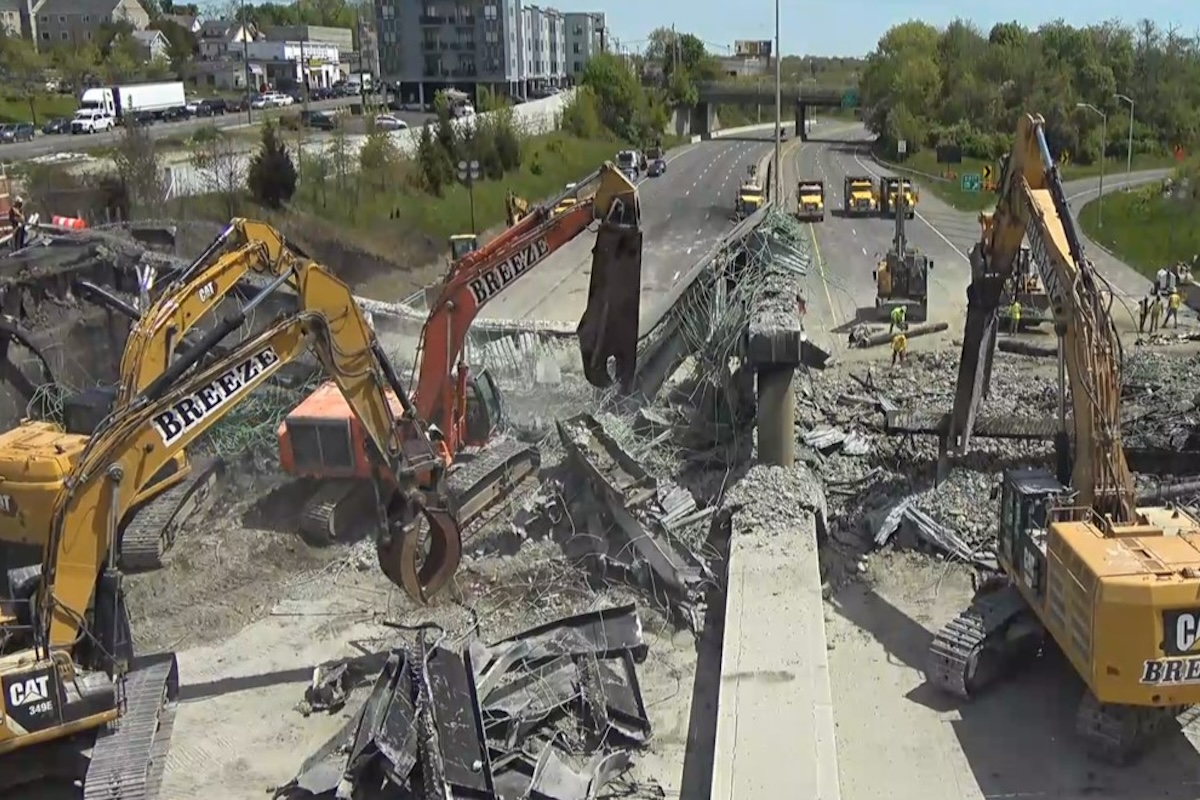The older we get, the worse our eyes and ability for agility becomes. Our reaction time, even if altered by a couple of seconds, could mean life or death for workers and drivers. Younger drivers are often less experienced and more distracted.
Distraction
The cell phone is no longer just a phone; it’s a computer. Texting is almost mild now when competing with tweets, Instagrams, and memes. Messaging is so instantaneous and constantly demands the driver’s attention. It’s nearly an immeasurable factor of danger. Everyone has one and everyone is on one.
Driver Errors

| Your local Wirtgen America dealer |
|---|
| United Construction & Forestry |
| WI Clark |
People are continuously making errors behind the wheel. The slight drift, the sudden lane change, and the inexplicable braking happen all the time. Crews need to stay aware and alert in the TTC. Plan an escape route to assist in correctly the errant driver’s actions.
Expectancy
Road users don’t ever expect to workers in the road. Even if you have the best work zone set up for advanced warning and channelizing, drivers are still not ready for you to be in their way. Defense is your best offense.
Speed
We need to slow down in all of our driving, and especially through work zones. Speed kills, plain and simple. It’s the number one factor for death in all crashes, but especially so in the work zone. During this pandemic, with less folks on the road, average recorded speeds actually increased – by a lot.

| Your local Trimble Construction Division dealer |
|---|
| SITECH Northeast |
How a work zone is set up is key to staying safe, and compliant. The simplest and best way to accomplish both is to consider each part of the TTC. Start planning by referring to the Typical Applications outlined in the Manual on Uniform Traffic Control Devices (MUTCD), Part 6. Make modifications with considerations to other conditions, such as weather, time of day/year, work being performed, etc.
- Advanced Warning Area shall be set up prior to any initiation of work in or near the roadway. A series of two to three signs, black on orange, diamond configuration, with messages that go from general to more specific on the drivers approach.
- Transition Area moves the traffic over, out of its normal path. Transition means change, so be sure to show the driver a smooth, obvious and gradual pathway to move over and then through the TTC.
- Activity Area is where both the buffer space and work area are in place. Be sure that every worker knows the full extent of the work to be performed, no matter their specific capacity, including, and especially, flagger and police details.
- Termination Area allows for the smooth, obvious, and gradual channelization back to the driver’s normal mode of driving.
It’s recommended that you or your supervisor take a ride through the TTC, too. If it doesn’t feel right to you, imagine how the unexpected driver will react.
Stay Safe!
Catherine Schoenenberger has been instructing Work Zone Safety since 1998 and has been a certified MassDOT Flagger instructor since 2009.














